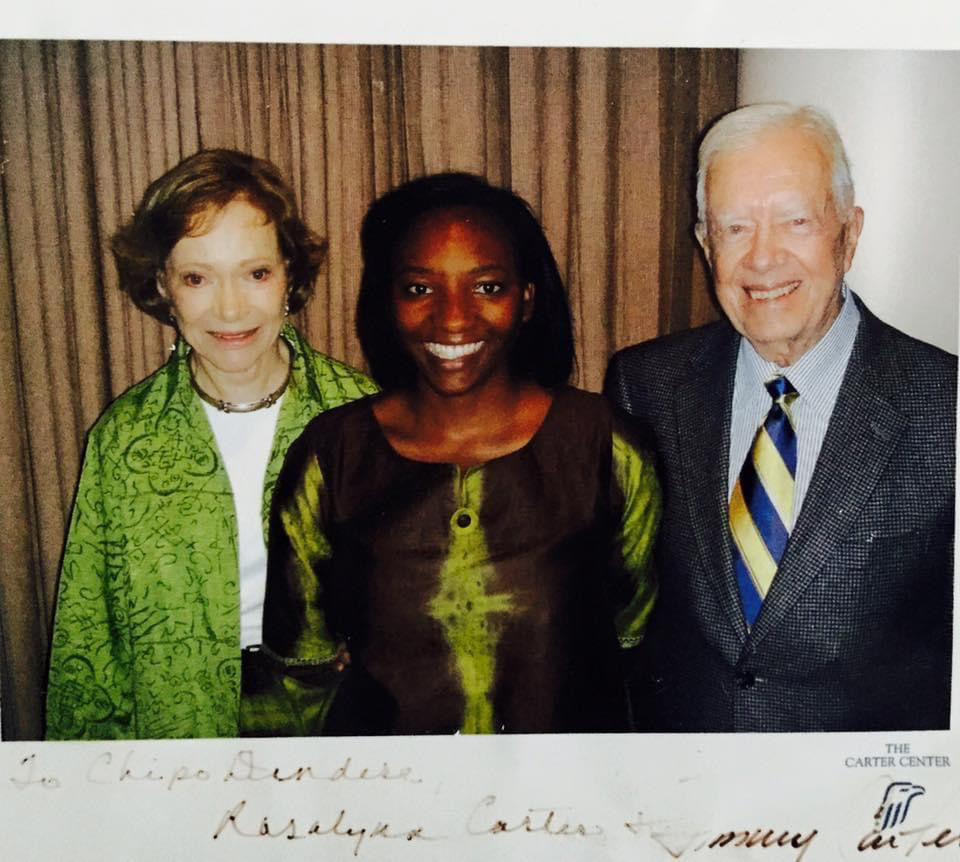Although there has been a mass fixation on the prevention of aging among young people, there has not been the same amount of effort put into asking why. While it has been dismissed by many as a problem only affecting preteens and young teenagers, in truth it seems likely that the hyperfixation on aging is the result of a culmination of efforts by the generations before them, amplified by the expansive reach of social media. What sets these generations apart from older ones is not really about them at all, and instead much more about the world in general.
Many people have incorrectly labeled the earlier onset of aging prevention as a new hyperfixation on not aging. However, if the anomaly is reframed it is easier to see that every generation has at some point gone through this crisis. The use of anti-aging products is something that a subset of every generation since their invention has used. What makes this younger generation different is that they become obsessed with their age, not in their mid forties as it has been in the past, but instead in their teenage or even childhood years. The reasons behind this change in timeline are slightly more complicated than its effects
To begin, the reach of social media is expansive beyond anything that has previously existed, particularly for young people. Their entire understanding of the world has been permanently altered by the presence of social media, including their perception of their own age. Although young people often use social media to connect with others their own age, what they see in their feed does not necessarily reflect this. In addition to seeing other children, they also see adults twice their age who are living very different lives than them. When these young people see adults obsessing over both their physical signs of aging as well as the concept of aging itself, they are influenced to constantly be thinking about their own age. Being taught by example has then taught an entire generation that the best years of their lives are within the first quarter of it. While this is a sentimental saying to older people, it is terrifying to the younger people who then feel as though aging is a bad thing. While this is not a new idea, it has certainly been amplified through the use of social media, which means young people do not have the ability to be part of a community that does not think about aging yet.
Furthermore, the social environment of the world for the entirety of the younger generation’s childhoods has been one of pessimism and cynicism. They have been told for their entire lives that the world is dying, and that it will look entirely different in their old age than it does now. It is therefore reasonable for them to not want to age, as they associate their aging with destruction and death. Since older generations did not experience the same thing, the onset of young people’s aging anxiety is therefore much earlier.
While it is easy to brush off these trends as something superficial, it is important to understand that young people’s childhoods have been hurried in many senses. In the age of school shootings and continued racial violence, very few children have the luxury of maintaining their youth. Their obsession with not aging is then a combination of the midlife crises that many generations before them have experienced and the social implications that aging has for them.




